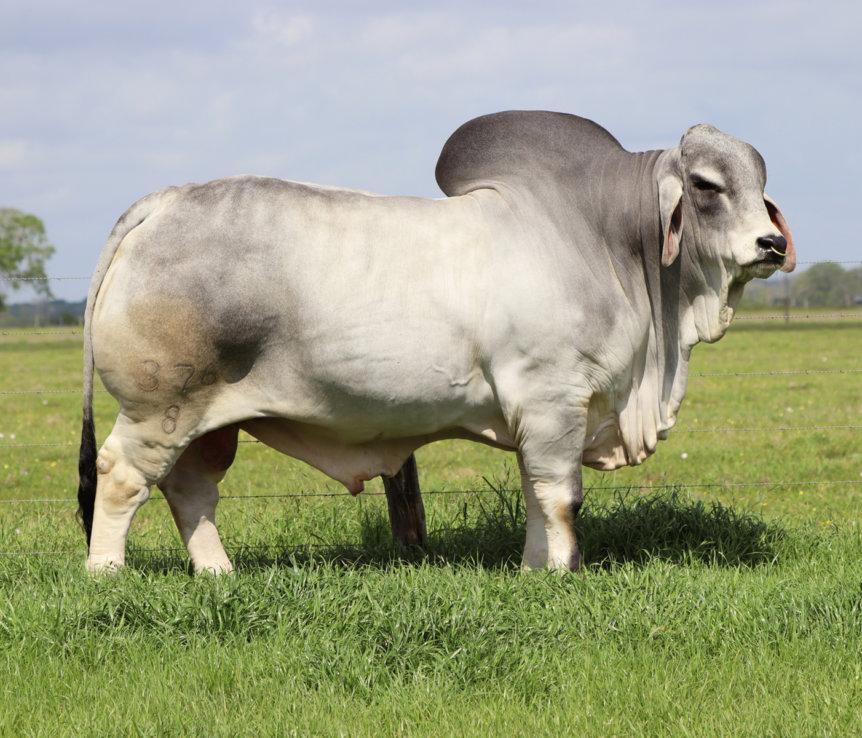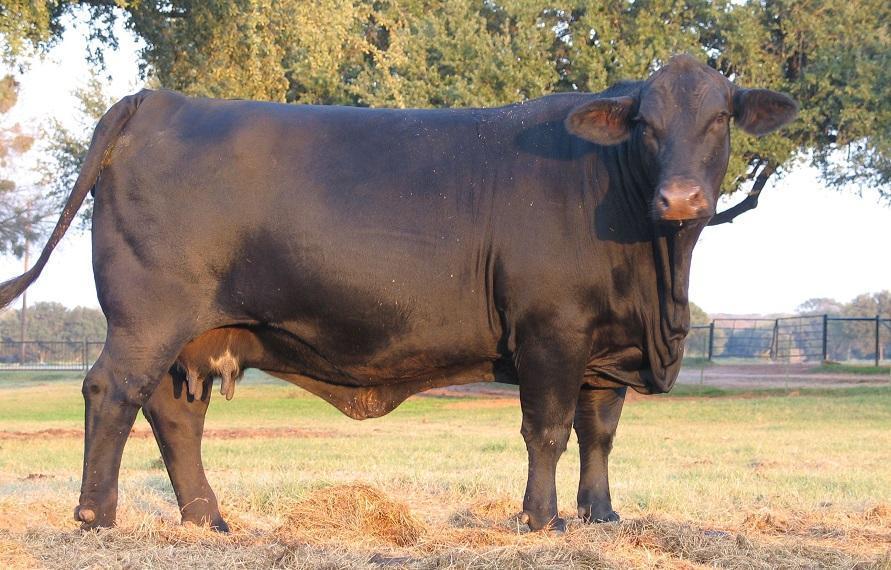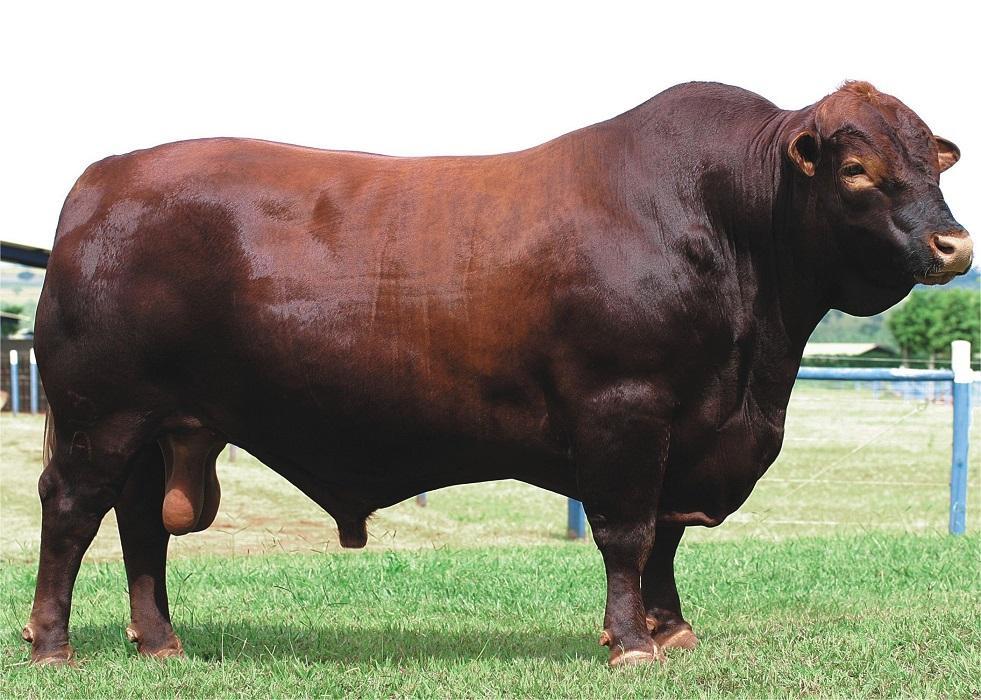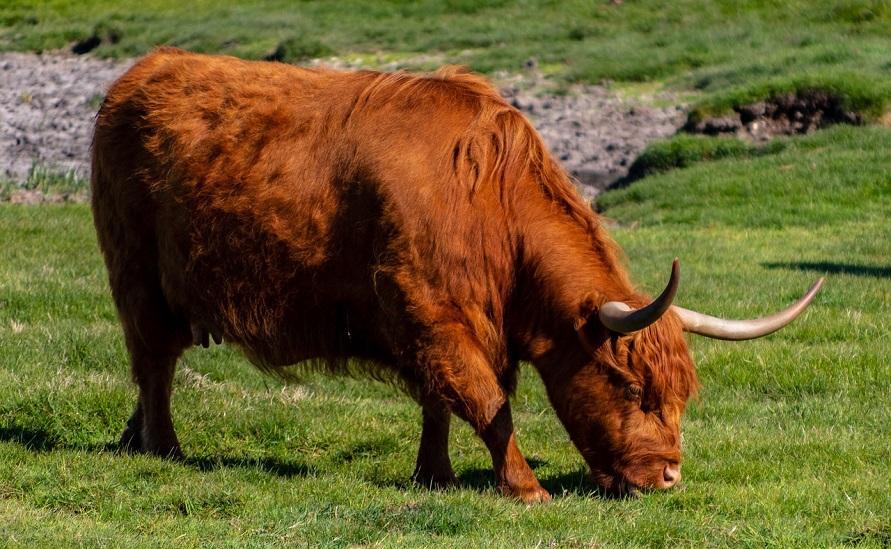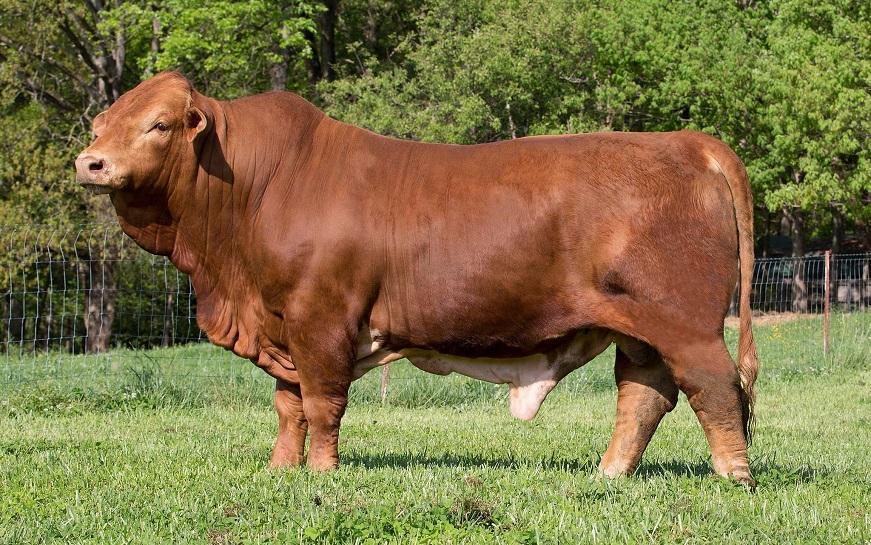Cold Weather Chickens
Chickens struggle in cold weather and need special attention during winter. The colder conditions cause several issues for most breeds, including reduced egg production, frostbite on extremities, and cold stress due to a drop in body temperature. Nevertheless, certain chicken breeds are able to withstand the cold better than others.
List of Cold-Hardy Chickens
These chicken breeds are resilient in cold weather and continue to lay eggs consistently.
- Ameraucana
- Ancona
- Australorp
- Brahma
- Cochin
- Delaware
- Dominique
- Dorking
- Jersey Giant
- Langshan
- New Hampshire Red
- Orpington
- Plymouth Rock
- Rhode Island Red
- Silkie
- Speckled Sussex
- Wyandotte
How Do These Chickens Tolerate the Cold
- Heavy Feathering – Chickens with ample plumage, such as the Silkie, possess natural insulation against the cold. Additionally, breeds with feathered feet, like the Cochin or the Brahma, receive extra protection when it’s chilly.
- Bigger Size – Larger chickens have greater muscle mass and fat reserves. This provides greater insulation against the cold.
- Smaller Combs – Most chicken breeds have combs that are highly susceptible to frostbite, causing them to turn black or gray and become brittle, often shattering. Smaller comb types, such as walnut, cushion, pea, and single combs, are less prone to this problem.
How Does Cold Weather Effect Egg Production
With the onset of winter, even cold hardy hens reduce their egg output. This decline is directly related to the shorter hours of daylight in winter, as limited exposure to the sun lowers the stimulus for egg laying. Additionally, many chickens undergo a molt at the end of fall when they begin to develop new feathers for winter. As doing so requires a lot of energy, egg production declines during this time.
There are ways to stimulate chickens to produce eggs in the winter. Artificial lighting can help “extend the daylight” for chickens, though excessive use risks stressing them out.
FAQs
Chickens that struggle with cold weather can still be raised effectively by implementing certain measures. These include using extra bedding, insulating their coop, and adding scratch (a mix of cracked corn and grains like wheat or oats) to their diet to increase their body warmth.


